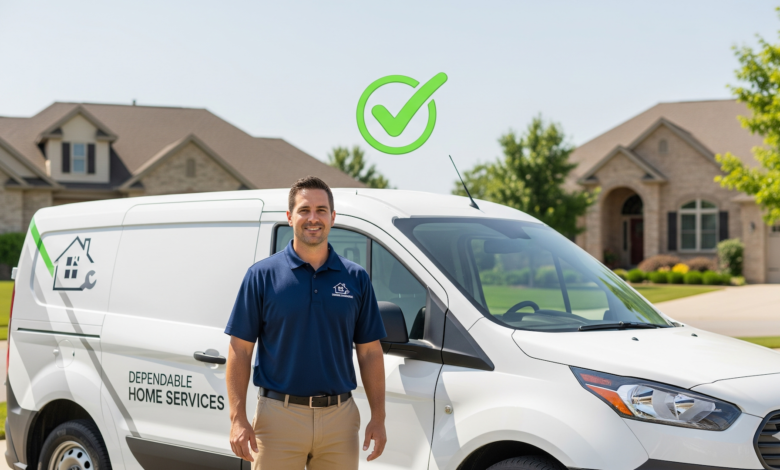Get Your Service Area Business Verified on Google Fast

▼ Summary
– A pure service area business delivers services at customer locations rather than at a physical storefront, and its address is hidden on Google Maps.
– Verification requires proving the business is licensed, performs services within its stated area, and has an authorized representative handling the process.
– Prepare by ensuring a consistent online presence with accurate business details on your website and key citations from sources like BBB or Yelp.
– For video verification, show branded vehicles, tools, documents, and proof of management control, while avoiding prohibited addresses like PO boxes.
– Maintain compliance by keeping service areas realistic and non-overlapping, updating profiles carefully to avoid re-verification, and gathering consistent reviews.
Navigating the Google verification process for your service area business can feel like a maze, especially when video verification comes into play. The requirements aren’t always transparent, and that lack of clarity often leads to frustrating denials. However, with thoughtful preparation, you can remove much of the uncertainty and pave the way for a successful verification. This guide will walk you through the essentials, from initial setup to handling setbacks and maintaining a compliant presence over time.
First, it’s important to confirm whether your operation qualifies as a pure service area business on Google Maps. This classification applies to companies that deliver goods or perform services at the customer’s location rather than operating from a physical storefront. Unlike hybrid models, these businesses never serve clients on-site, meaning their address remains hidden on Google Maps, replaced instead by a shaded service area. While the live listing may look similar to a storefront’s, the distinction is critical during verification.
Since there’s no physical location to confirm, Google focuses on validating your business’s legitimacy and operational scope. Essentially, they need assurance that your company is properly licensed, actively provides services within the defined area, and is represented by someone with authority. Before starting the verification process, make sure these elements are clearly established.
A well-structured business website plays a pivotal role. It doesn’t need to be elaborate, but it must include key details: your official business name, contact number, service territory, operating hours, and a clear description of what you offer. For new Google Business Profiles, add this information to your site at least a week before verification to improve your chances of a smooth approval.
Consistency across citations is another must. Ensure your business name, phone number, and service area match exactly on platforms like BBB, Yelp, or local directories. A handful of reputable citations can significantly boost your credibility in Google’s eyes.
Proof of service is non-negotiable. Upload photos to your profile or website that demonstrate your operations, branded vehicles, uniforms, equipment, job site signage, or marketing materials all help validate your claims. Keep business documents handy too, such as licenses, registrations, or insurance papers, especially if video verification is required.
Using a domain-based email (e.g., yourname@yourbusiness.com) during verification reinforces your affiliation with the business and can speed up the process.
If video verification is requested, treat your branded vehicle as your storefront. Park it in a recognizable location, ensure your business name is visible, and show tools or equipment that confirm your services. Display relevant documents on camera and demonstrate control, like starting the vehicle. Avoid using restricted addresses, PO boxes, virtual offices, or co-working spaces are prohibited even if hidden from public view.
Should your verification be denied, review Google’s feedback carefully. They usually specify what’s missing. Use this information to refine your approach, gather additional evidence, and try again. If problems persist, contact support through the verification workflow, not the general form, to reach a specialized team.
Once verified, maintaining compliance is crucial. Set your service area accurately using cities, zip codes, or regions, avoid selecting entire states or countries unless truly feasible. Keep this information consistent with your website to avoid flags. Make significant profile changes sparingly, updating your site first and waiting a day or two between edits to prevent suspension.
Regular reviews not only build customer trust but also signal to Google that your business is active and legitimate. Prioritize gathering authentic feedback to strengthen your profile’s standing.
While Google verification might seem daunting initially, thorough preparation makes it manageable. By following these steps, you position your service area business for approval, enhanced visibility, and lasting credibility.
(Source: Search Engine Land)





